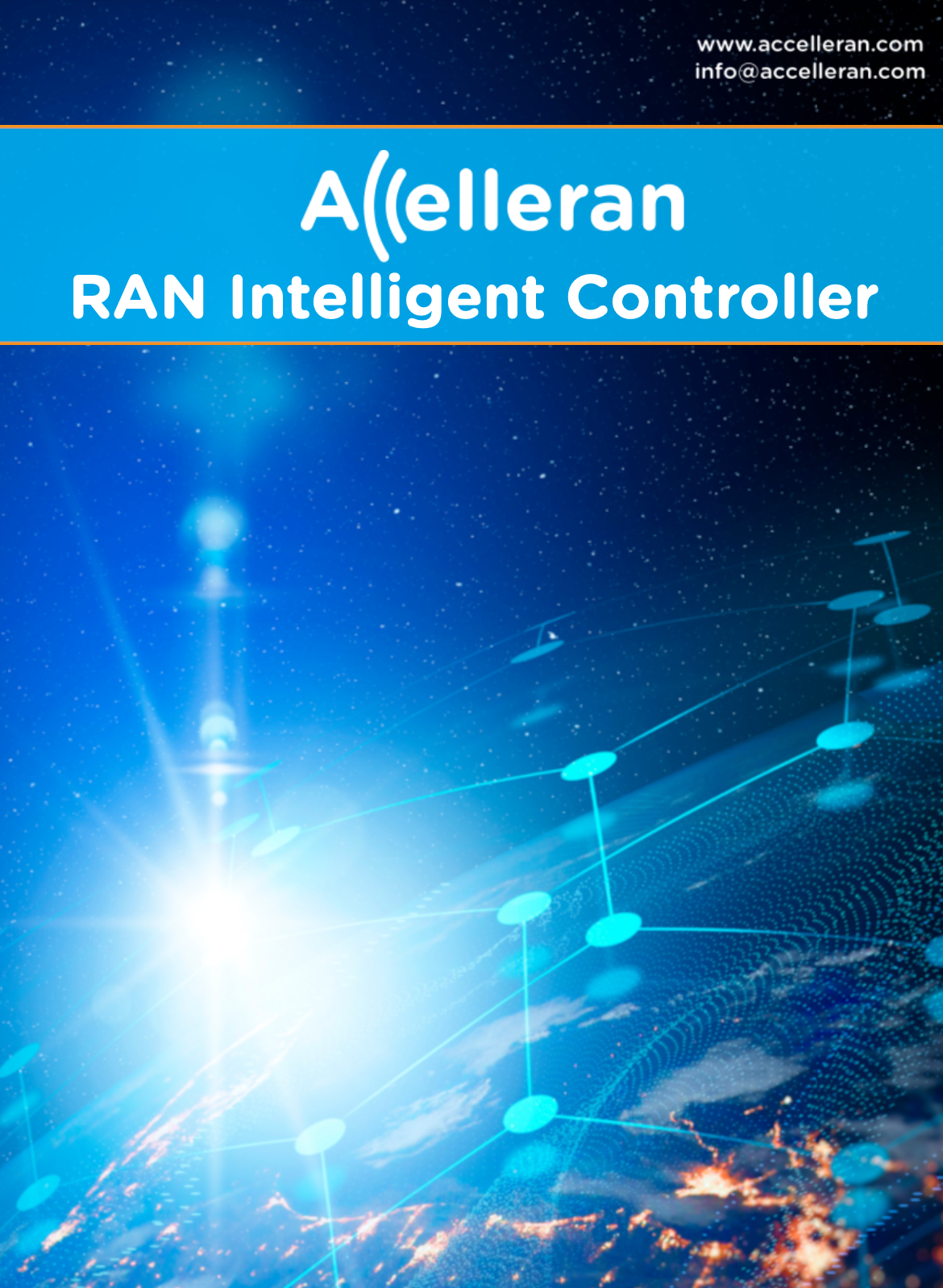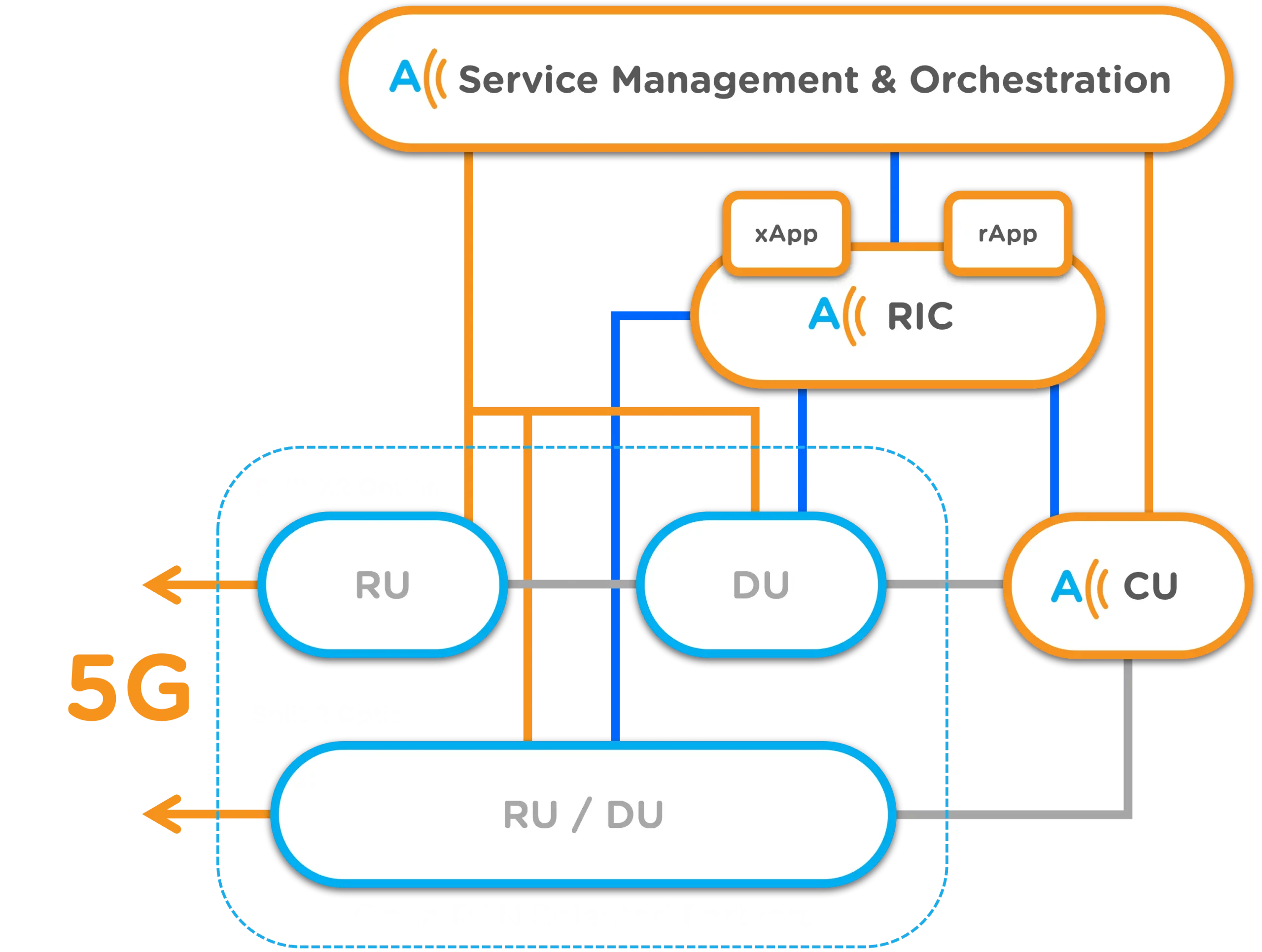xApp and rApp explained
Near-Real Time and Non-real Time RIC
Often referred to as Near-RT and Non-RT. The Non-RT functionality refers to the portion that manges events that only require a response time of 1 second or more. This can include functions such as service policy management and the gathering of analytics from the RIC.
The Near-RT RIC controls functions that typically take 10 milliseconds to 1 second to complete. Areas where that kind of speed is of critical importance – such as real time optimisation actions.
xApp and rApp:
Now we know about the RIC, we can use the above to understand the difference between an xApp and an rApp. Both are fundamentally for the same purpose – network automation.
An rApp is specifically designed to run on the Non-RT RIC. As mentioned, the Apps that do not require response times of under one second. Now it’s easy to guess what an xApp is for – for the Near-RT RIC!
What are some examples of xApps and rApps?
The best thing about it is they can be developed by anyone, as is the nature of open platforms. Some of the Apps developed by Accelleran and our 3rd party partners can be viewed on our RAN Intelligent Controller page. Our RIC allows for developer teams of any size to download our SDK and get started creating xApps and rApps to bring intelligence to the RAN.
rApps and xApps are a cause of some excitement for many operators and owners of Private 5G networks. Imagine for example, an App which automatically tweaks the power useage of your Radio Units based on how they are actually being used – rather than running on full power endlessly.
Accelleran xApp and rApps
Energy Efficiency
This xApp optimises the energy efficiency of the network. It can analyse the energy consumption patterns of different network elements and identify opportunities for energy savings.
The energy and cost savings will vary depending on the size and architecture of the network. If you’d like to hear more, get in touch today and book a meeting with us.
Network Monitoring
This xApp can automates the network monitoring process and provide real-time insights into the performance of the OpenRAN network.
It can detect network anomalies, identify performance bottlenecks, and provide network operators with real-time alerts and notifications.
Other xApps/rApps and use cases:
- Network Optimisation
- Traffic Steering
- ANR and PCI Allocation
- Service Orchestration
More xApps/rApps are being created on a regular basis. Book a meeting or get in touch to learn more.
Download our RAN Intelligent Controller Datasheet
RIC Brochure Download (What is an xApp page)

Accelleran RAN Intelligent Controller
At Accelleran, we’re not just at the forefront of 5G technology; we’re actively shaping its future. Our RAN Intelligent Controller, equipped with a robust SDK, offers the perfect platform for developing pioneering xApps and rApps. We understand the limitless possibilities that these applications can bring, and we’ve made it easier than ever for innovators to leverage our RIC for their unique solutions.
Eager to dive into the world of xApps and rApps development with a state-of-the-art RIC at your side?

